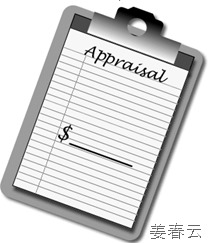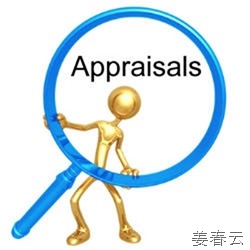| Navigating employee performance evaluations with a positive approach requires careful planning, consistent communication, and a focus on growth and development. Here's a breakdown of how to do it effectively. 
Before the Evaluation- Establish Clear Expectations: Well before the evaluation, ensure employees understand their roles, responsibilities, and performance goals. Use SMART goals (Specific, Measurable, Achievable, Relevant, Time-bound) to provide clarity and a benchmark for success.
- Provide Ongoing Feedback: Don't wait for the annual review to offer feedback. Regular check-ins, both formal and informal, are crucial. This allows for course correction, celebrates wins, and helps employees understand where they stand.
- Document Performance: Keep a log of both positive and negative performance instances throughout the review period. This provides concrete examples to support your feedback and minimizes subjectivity. This is crucial for fairness and legal defensibility.
- Prepare Thoroughly: Review the employee's self-evaluation (if applicable), their work history, performance data, and any relevant documentation. Identify key accomplishments, areas for improvement, and potential development opportunities.

During the Evaluation Meeting- Create a Positive and Supportive Environment: Start with a positive tone, acknowledging the employee's contributions and creating a safe space for open communication. Choose a private and comfortable location for the meeting.
- Focus on Behavior and Impact: Instead of making subjective statements about the employee's personality, focus on specific behaviors and their impact on team goals and the overall organization.
- Use the "SBI" Feedback Method: Employ the Situation-Behavior-Impact model to deliver constructive criticism. Describe the Situation, the specific Behavior you observed, and the Impact that behavior had. For example: "During the project deadline (Situation), I noticed you missed several key milestones (Behavior), which resulted in a delay in the project completion and increased workload for the team (Impact)."
- Active Listening: Give the employee ample opportunity to share their perspective. Listen attentively, ask clarifying questions, and acknowledge their feelings. Empathy is key.
- Balanced Feedback: Strive for a balance between positive reinforcement and constructive criticism. Highlight strengths and accomplishments before addressing areas for improvement. Aim for a ratio of roughly 3 positive comments for every critical one (although this can vary depending on the individual and situation).
- Collaborative Problem-Solving: Instead of simply pointing out weaknesses, work collaboratively with the employee to identify solutions and develop a plan for improvement.
- Focus on Development: Frame the evaluation as an opportunity for growth and development. Discuss training, mentoring, or other resources that can help the employee reach their full potential.
- Set Realistic Goals: Collaboratively set SMART goals for the next review period, based on the employee's strengths, areas for improvement, and career aspirations.
- Document the Discussion: Take detailed notes during the evaluation meeting, capturing key points, agreed-upon goals, and action plans. This provides a record of the conversation and helps track progress.
- End on a Positive Note: Reiterate your commitment to supporting the employee's growth and success. Thank them for their contributions and express confidence in their ability to meet future challenges.

After the Evaluation- Follow Up Regularly: Schedule follow-up meetings to check in on progress, provide ongoing support, and address any challenges.
- Provide Ongoing Coaching: Offer coaching and mentoring to help the employee develop the skills and behaviors needed to succeed.
- Recognize and Reward Progress: Acknowledge and celebrate achievements along the way. This reinforces positive behavior and motivates continued growth.
- Be Consistent and Fair: Apply performance evaluation standards consistently across all employees. This ensures fairness and builds trust within the team.
- Review and Update Goals: Periodically review and update goals as needed to reflect changing priorities or new opportunities.
Key Considerations for a Positive Approach- Authenticity: Be genuine and sincere in your feedback. Employees can often detect insincerity, which can undermine trust.
- Empathy: Try to understand the employee's perspective and the challenges they may be facing.
- Specificity: Avoid vague or general statements. Provide concrete examples to illustrate your points.
- Timeliness: Provide feedback as close as possible to the event or behavior in question.
- Focus on the Future: While it's important to address past performance, the primary focus should be on helping the employee improve and grow in the future.
By implementing these strategies, you can create a performance evaluation process that is both effective and positive, fostering employee growth, engagement, and a stronger overall organization. Remember that a positive approach isn't just about being nice; it's about creating a culture of feedback, development, and continuous improvement.
Tags: Accomplishments Blogging Career Employee Development Employee Feedback Employee Reviews HR Best Practices Leadership Skills Motivate Performance Management Performance Review Positive Workplace Culture Problems SMART SMART goals  
|
 1,275
1,275  0
0  0
0  3224
3224 

